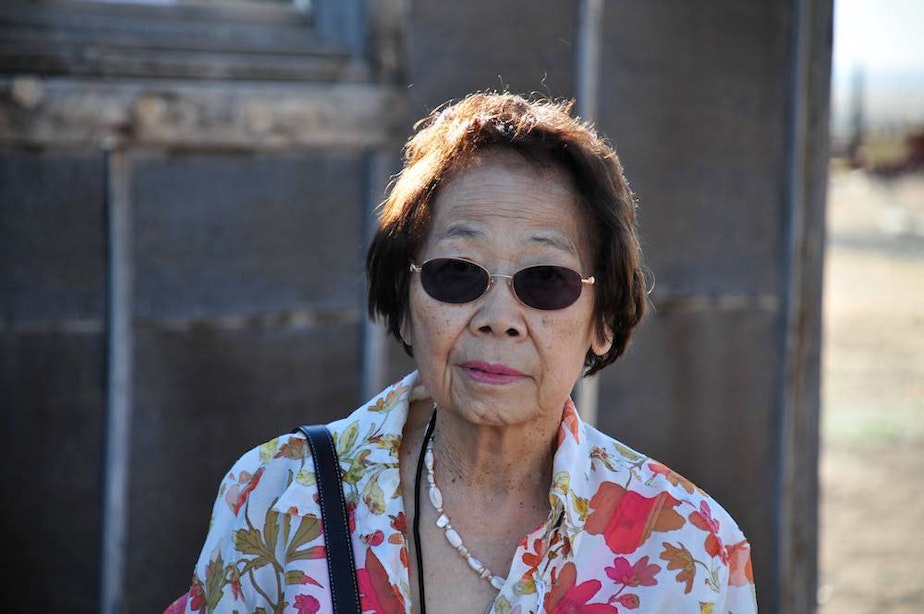A story of resilience and patriotism after Japanese internment

Around 120,000 Japanese Americans were forced into camps by the U.S. government during World War II. Seattle's May Namba became part of a movement to help those incarcerated regain what they'd lost.
Namba worked for Seattle Public Schools as a clerk, but when parents started raising concerns about her race, the district pushed her to resign.
This was in 1942, after the Japanese military bombed Pearl Harbor. Soon after, Namba and her family were removed from the Seattle area by U.S. troops and relocated to the Minidoka internment camp in southern Idaho for three years. But Namba'stime at the camp catalyzed her.
When she returned home, she fought for other Japanese-American Seattle Schools employees who'd lost their jobs during the war, she joined the Japanese American Citizens League, and she helped create the Minidoka Pilgrimage.
Filmmaker Emily Hanako Mamohara tells May Namba's story in her new film, "NAMBA."
"She is the kind of person that I hope I can be someday," Mamohara said. "That legacy of — it's not the incarceration — it's really more about her resilience and about the gifts that that she continued to give throughout her life."
Sponsored
Hanako Mamohara spoke to Soundside about her relationship with May Namba and the activist's life and legacy in Seattle.
"NAMBA" is playing this Saturday, July 30, 2022, at the Wing Luke Museum. Pre-registration is required.


